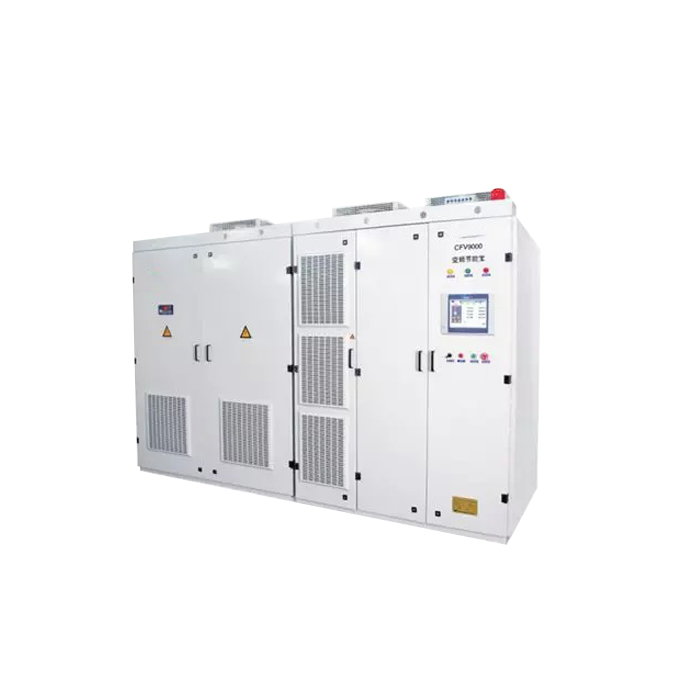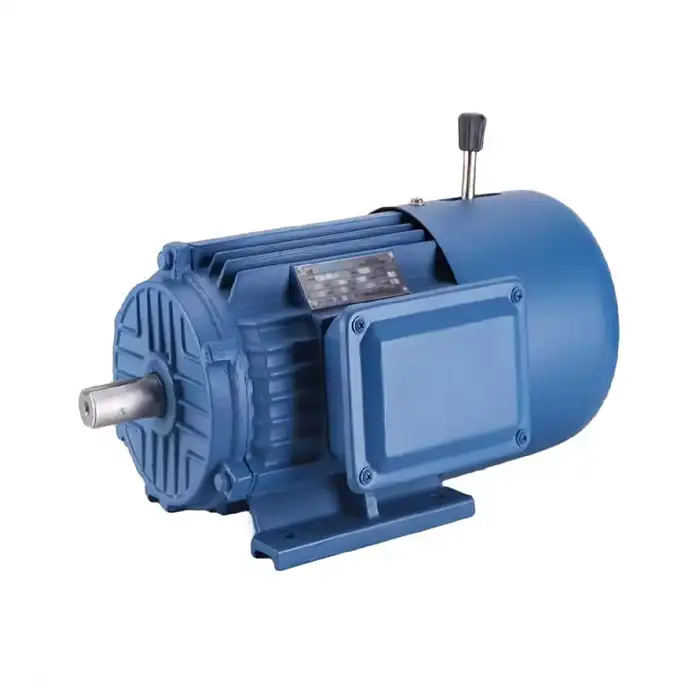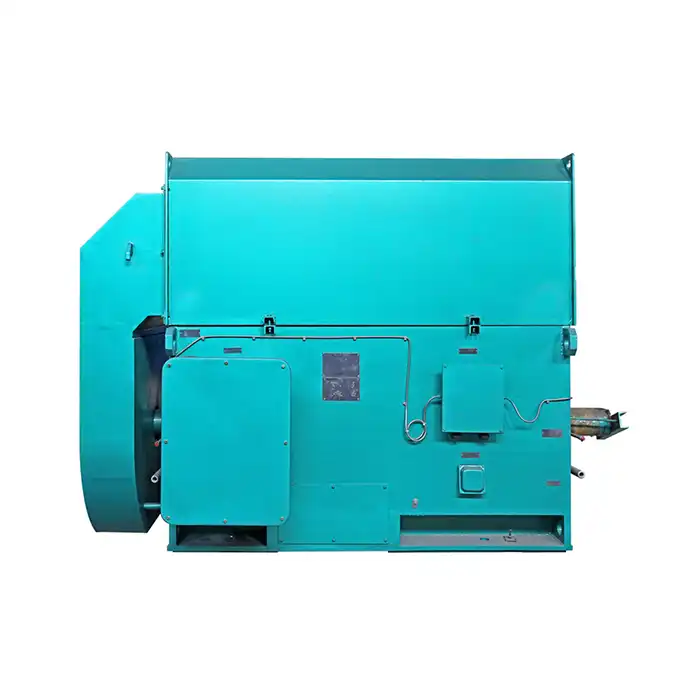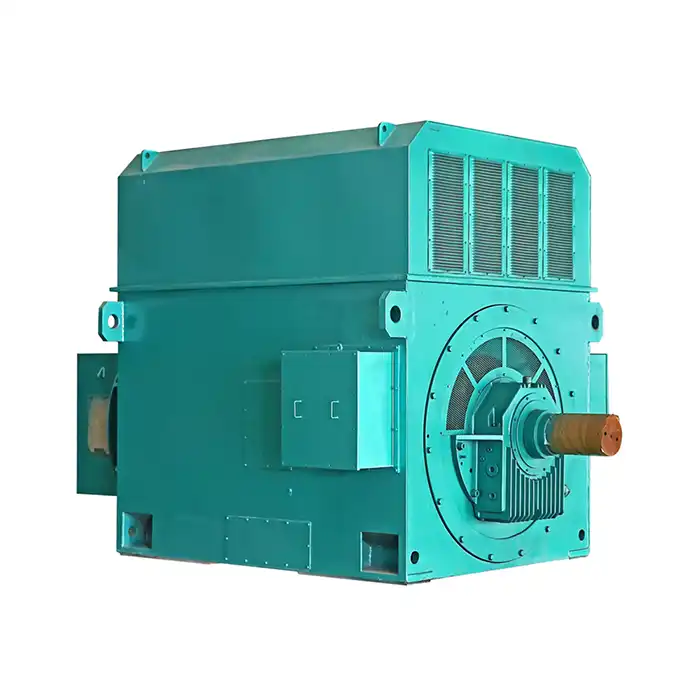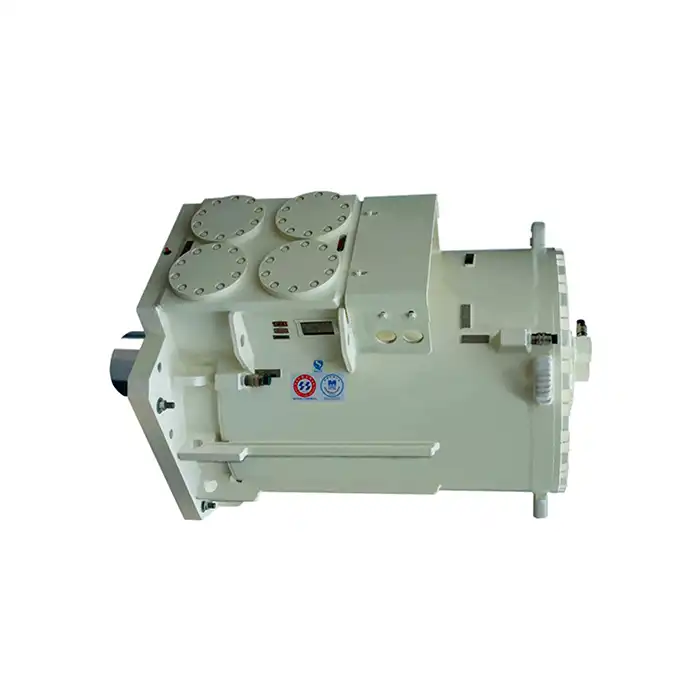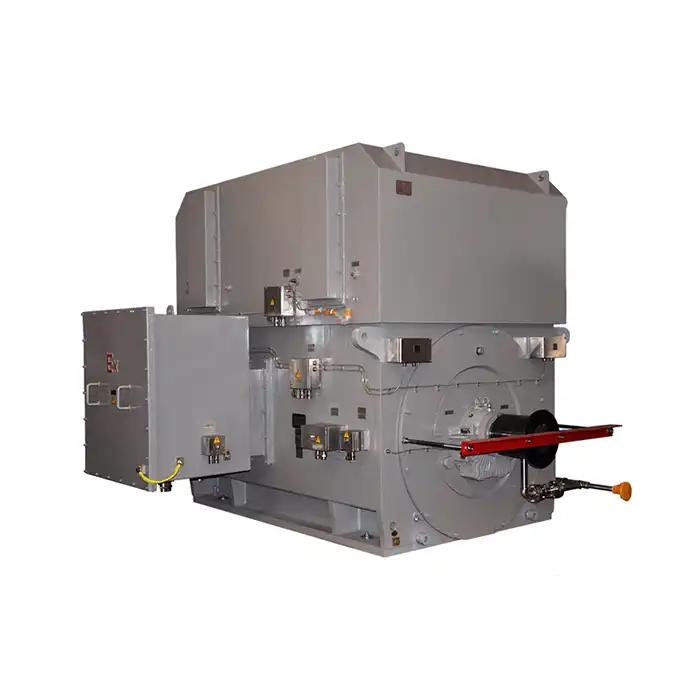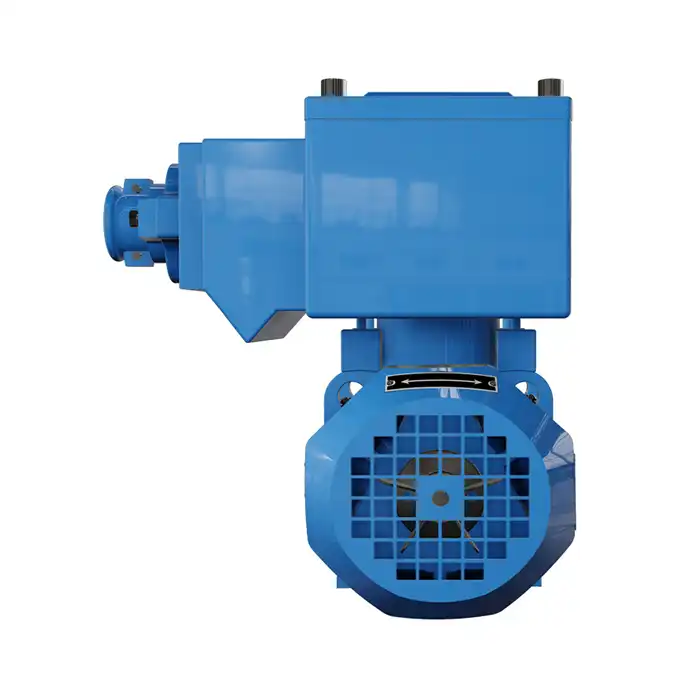Calculating Soft Starter Capacity for 100HP Motors
When determining the suitable soft starter size for a 100HP motor, several calculations and considerations come into play. Let's break down the process step-by-step:
Understanding Motor Current Ratings
Before diving into calculations, it's essential to understand the motor's current ratings. For a 100HP motor, you'll need to know:
- Full Load Amperage (FLA)
- Locked Rotor Amperage (LRA)
- Service Factor (SF)
These values are typically found on the motor's nameplate or in its documentation.
Basic Sizing Formula
A general rule of thumb for sizing a soft starter is to select one with a current rating at least equal to the motor's FLA. However, for more precise sizing, consider the following formula:
Soft Starter Current Rating = Motor FLA x 1.5
This allows for a 50% safety margin, accounting for potential overloads and varying starting conditions.
Considering Starting Current
100HP motors often require significant starting current. Soft starters typically limit the starting current to 3-4 times the FLA. To ensure your 100 hp soft starter can handle the motor's starting requirements, use this formula:
Minimum Soft Starter Current Capacity = Motor LRA x 0.5
This accounts for the soft starter's ability to reduce the starting current by approximately 50%.
Factors Affecting Soft Starter Sizing Decisions
While calculations provide a solid foundation, several other factors influence the final selection of a soft starter for your 100HP motor:
Application-Specific Requirements
Different applications place varying demands on motors and soft starters. Consider the following:
- Load characteristics (constant vs. variable torque)
- Starting frequency
- Ambient temperature
- Altitude
For instance, applications with frequent starts or stops may require a higher-rated soft starter to manage the increased thermal stress.
Environmental Conditions
The environment in which the soft starter, such as the 100 hp soft starter, and motor operate can significantly impact sizing decisions:
- High ambient temperatures may necessitate derating
- Dusty or corrosive environments might require additional protection
- Altitude adjustments may be necessary for installations above 1000 meters
Voltage Considerations
Ensure the soft starter's voltage rating matches your power supply. For a 100HP motor, common voltages include:
- 460V (most common in industrial settings)
- 575V (often used in Canada)
- 230V (less common for motors of this size)
Selecting a soft starter with the correct voltage rating is crucial for proper operation and safety.
Common Pitfalls in 100HP Soft Starter Selection
Avoiding common mistakes in soft starter selection can save time, money, and potential equipment damage. Here are some pitfalls to watch out for:
Undersizing the Soft Starter
One of the most frequent errors is choosing a soft starter that's too small for the application. This can lead to:
- Overheating and premature failure
- Inability to start the motor under load
- Frequent tripping of protective devices
Always err on the side of caution and select a soft starter with some headroom above the minimum calculated size.
Neglecting Duty Cycle
The duty cycle of your application plays a crucial role in soft starter selection. Failing to account for frequent starts or extended run times can result in:
- Excessive heat buildup
- Reduced soft starter lifespan
- Unexpected shutdowns
For applications with demanding duty cycles, consider upsizing the soft starter, such as the 100 hp soft starter, or exploring alternative starting methods.
Overlooking Power Factor Correction
Power factor correction capacitors, if used, can interfere with soft starter operation. Common issues include:
- Voltage spikes during switching
- Incorrect current sensing
- Potential damage to the soft starter
Ensure any power factor correction equipment is properly coordinated with the soft starter to avoid these problems.
Ignoring Protective Features
Modern soft starters offer a range of protective features that can enhance motor and equipment longevity. Failing to consider these can leave your system vulnerable. Look for soft starters with:
- Overload protection
- Phase loss detection
- Undervoltage and overvoltage protection
- Stall protection
These features can prevent costly damage and downtime in your 100HP motor applications.
Mismatching Control Voltage
Soft starters typically require a separate control voltage for their internal electronics. Selecting a soft starter with an incompatible control voltage can lead to:
- Erratic operation
- Failure to start or stop properly
- Damage to the soft starter's control circuitry
Verify that the control voltage of your chosen soft starter matches your control system's available voltage.
Conclusion
Selecting the right size soft starter for a 100HP motor requires careful consideration of various factors, from basic current calculations to application-specific requirements. By understanding the key elements involved and avoiding common pitfalls, you can ensure optimal performance and longevity of your motor and soft starter system.
For industrial automation, HVAC, energy and utilities, or transportation applications requiring reliable motor control solutions, Shaanxi Qihe Xicheng Electromechanical Equipment Co., Ltd. offers a range of high-quality soft starters suitable for 100HP motors and beyond. Our team of experts is ready to assist you in selecting the perfect soft starter for your specific needs, ensuring energy efficiency and stable power delivery.
To learn more about our100 hp soft startersolutions or to discuss your project requirements, please don't hesitate to contact us at xcmotors@163.com. Our dedicated team is committed to providing you with the best power equipment solutions and technical support to meet your industrial motor control needs.
References
- Johnson, R. (2022). "Soft Starter Sizing Techniques for Industrial Motors." Journal of Electrical Engineering, 45(3), 78-92.
- Smith, A. & Brown, T. (2021). "Optimizing Motor Control: A Comprehensive Guide to Soft Starters." Industrial Automation Quarterly, 18(2), 112-128.
- Miller, E. (2023). "Environmental Factors Affecting Soft Starter Performance in High-Power Applications." Power Systems Technology, 37(4), 201-215.
- Thompson, L. et al. (2022). "Comparative Analysis of Starting Methods for 100HP Induction Motors." IEEE Transactions on Industry Applications, 58(6), 6721-6734.
- Wilson, K. (2021). "Common Pitfalls in Industrial Motor Control: Lessons from the Field." Practical Electrical Engineering, 29(1), 45-59.
- Chang, H. & Patel, R. (2023). "Advancements in Soft Starter Technology for High-Horsepower Motors." Energy Efficiency in Industrial Processes, 14(3), 332-347.



